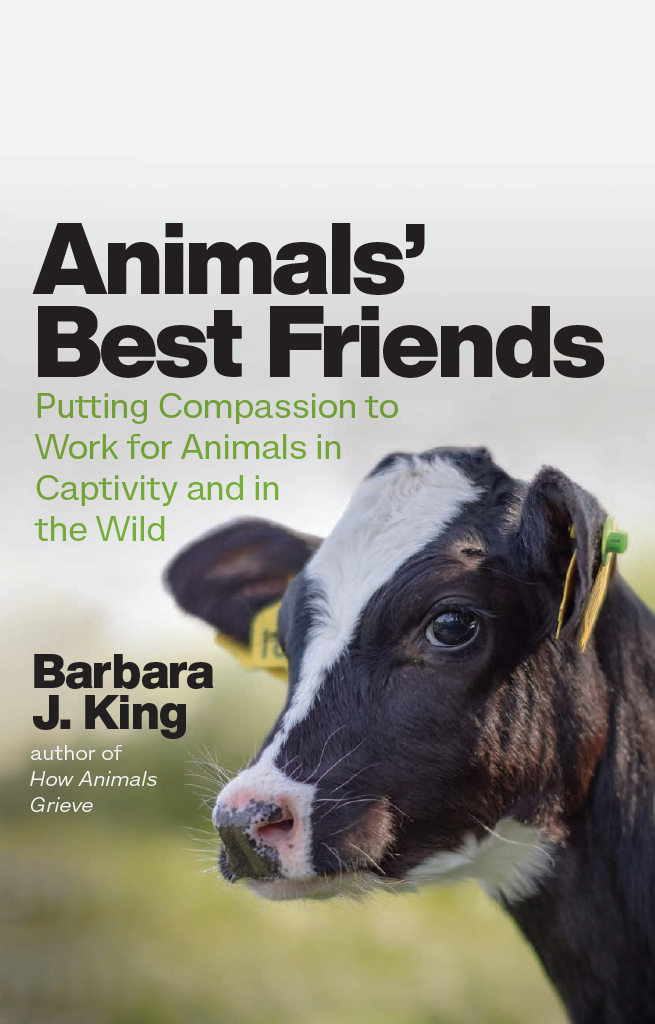
Animals Best Friends
Animals Best Friends
PUTTING COMPASSION TO WORK FOR ANIMALS IN CAPTIVITY AND IN THE WILD
Barbara J. King
The University of Chicago Press
Chicago and London
The University of Chicago Press, Chicago 60637
The University of Chicago Press, Ltd., London
2021 by Barbara J. King
All rights reserved. No part of this book may be used or reproduced in any manner whatsoever without written permission, except in the case of brief quotations in critical articles and reviews. For more information, contact the University of Chicago Press, 1427 E. 60th St., Chicago, IL 60637.
Published 2021
Printed in the United States of America
30 29 28 27 26 25 24 23 22 21 1 2 3 4 5
ISBN-13: 978-0-226-60148-9 (cloth)
ISBN-13: 978-0-226-60151-9 (e-book)
DOI: https://doi.org/10.7208/chicago/9780226601519.001.0001
Library of Congress Cataloging-in-Publication Data
Names: King, Barbara J., 1956 author.
Title: Animals best friends : putting compassion to work for animals in captivity and in the wild / Barbara J. King.
Description: Chicago : University of Chicago Press, 2021. | Includes bibliographical references and index.
Identifiers: LCCN 2020036666 | ISBN 9780226601489 (cloth) | ISBN 9780226601519 (ebook)
Subjects: LCSH: Human-animal relationships. | Compassion.
Classification: LCC QL85 .K532 2021 | DDC 590dc23
LC record available at https://lccn.loc.gov/2020036666
 This paper meets the requirements of ANSI/NISO Z39.48-1992 (Permanence of Paper).
This paper meets the requirements of ANSI/NISO Z39.48-1992 (Permanence of Paper).
For my loved ones, friends, and colleagues who give everything to animals.
Joy can only remind you why you fight.
JEFF VANDERMEER, Dead Astronauts
Contents
Cultivating Compassionate Action
If you turn your back on these calves, they will mount you! Standing in one of the cow barns at Farm Sanctuary in Watkins Glen in Upstate New York, I heard shelter director Susie Costons voice ring out through the warm August air. During Farm Sanctuarys 2018 hoedown, an annual open-house weekend, Coston led a small group of invited speakers and our families around the property to meet some of the 735 resident animals. Calves who had been bottle fed at the sanctuary, like the one named Alexander Beans who reclined near me, often feel such warmth for people that they jump up and embrace a visitor in an excess of youthful exuberance. Its meant wellbut it can hurt, because at six months these calves may weigh over three hundred pounds.
Keeping my eyes open and my back unturned as I walked among the calves, I reached under a chin here and there to offer a caress. Eyes were upon me, and not just Costons: a cow called Bonnie stood just outside the barn door. Bonnie fixed a protective gaze on us visitors as we weaved among the youngsters. Famous in the world of rescued farm animals, Bonnie was born at a beef farm in Holland, New York. At four months old, her herd went up for sale when the farm owner died. A man soon showed up with a trailer to take away the cows, including Bonnie and her mother, to his own farm. The herd reacted with distress and fear.
Making a fateful decision, Bonnie bolted. She ran into nearby woods, and there she stayed for almost a year, an escapee who became known to local residents through brief glimpses and trail-cam images. Even at such a young age, Bonnie showed resourcefulness in surviving out in the forest, a wholly unfamiliar environment to her. Her most inspired choice was to join up with a herd of deer. Bonnie and the deer ate, slept, and traveled together. Trail-cam images show this wasnt a lonely cow trailing haplessly after deer but a truly mutual acceptance. Whether Bonnie missed her mother we will never know, but through her wits, she found a new family for herself.
Bonnies second wise decision was to accept help from a human. Many local people admired Bonnies bold escape, but one woman named Becky went a step further and took action. Each day in the early morning, she walked out into the woods with a sled piled with food and bedding for Bonnie. Slowly, Bonnie came to trust her. In this waysurrounded by the bodily warmth of her deer companions and the kind caring of BeckyBonnie survived a cold and snowy winter.
Forest living was not sustainable for Bonnie in the long term. The harsh winters were bad enough, but some local people considered her a pest and announced they would eat Bonnie if they could. The notion of this animal becoming a familys supply of steak was too much for Coston and the Farm Sanctuary staff, who mounted a rescue. Twice the rescuers set out from Watkins Glen at 3:30 a.m. to be at the breakfast spot where Bonnie met Becky at 6:30. Twice Bonnie eluded capture. Her trust in Becky did not generalize to trust in other humans (with good reason). But gradually Bonnie became accustomed to entering a small corral constructed by the sanctuary team as a feeding area. On the third rescue attempt, rescuers darted Bonnie with a stronger sedative. That worked. Bonnie was transported back to Watkins Glen, where she permanently resides now. Gazing at Bonnies body posture and facial expression that August day, I could see for myself what a presence she has.
For so many of us who love animals, our dogs and cats, bunnies and ferrets, and snakes and fish are family members. We care for them through everyday acts of devotion to make their lives better. Opportunities to transform the lives of animals beyond our pets can be found, too, all around us; the trick is to uncover those opportunities and decide if we wish to act on them.
At Farm Sanctuary I used my sense of touch to soothe and be soothed by animals rescued from industrialized farms or other places where they had been abused or neglected. For two hours, animals of species whose thinking and feeling capacities I had written about for years snuffled, shuffled, and walked up to meor sometimes away from me in a desire not to interact, as sanctuary residents are free to do. Unexpectedly, the strongest bond I felt was with a goat called Cynthia. A goat of the LaMancha breed, Cynthia responded blissfully when I stroked her head, neck, and chin; she turned firmly into my hand as a signal that I should not, please, think of stopping. Her former life on a Hudson Valley farm had been rough; according to Farm Sanctuary, she had arrived lice-covered, anemic, weak, and quiet. Eventually Cynthia recovered to become healthy, energetic, and in love with loving attention.
Like the cow Bonnie and the calf Alexander Beans who kindly did not mount me that morning, in sanctuary Cynthia has a life with a dual nature. She is recognized for the unique individual she is with all her moods, likes, and dislikes. Simultaneously she is a symbol of the powerful effect that compassionate action has on animal lives.
One morning just after Christmas 2017, thirteen elk fell through the ice into eight feet of frigid water in a reservoir near the Alpine Feed Ground, not far from Jackson, Wyoming. Morning commuters saw the herd suddenly go under. Stopping on the side of the road, a group of them mounted a rescue effort that soon came to include officials from the Wyoming Game and Fish Department and the Lincoln County Sheriffs Office.
One of the passersby who joined in, Dusty Jones, later spoke to the media about the event: We began cutting a little path toward the shore so the animals could walk out but they were so cold they couldnt move. Thats when we just started grabbing them and pulling them out.
Next page
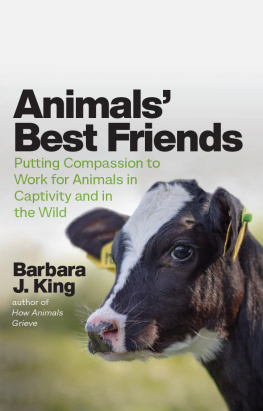

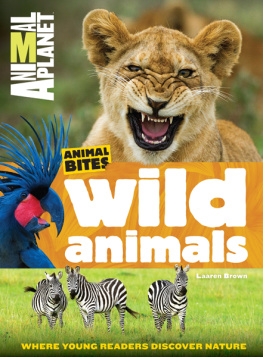
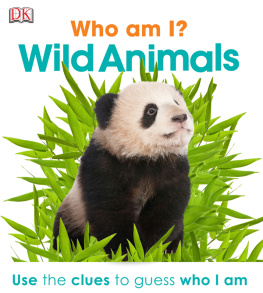
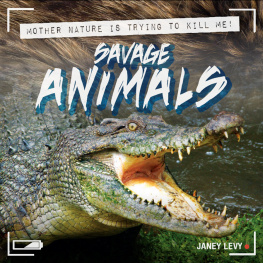


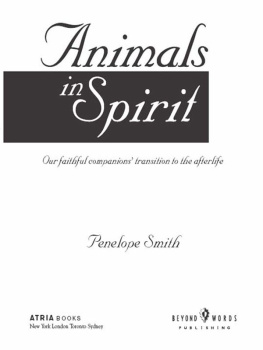

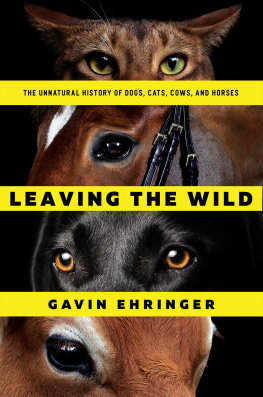
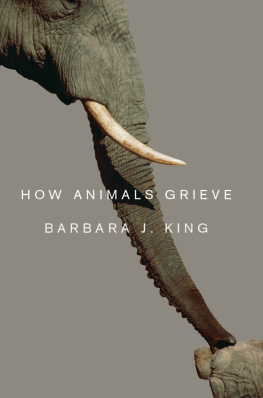
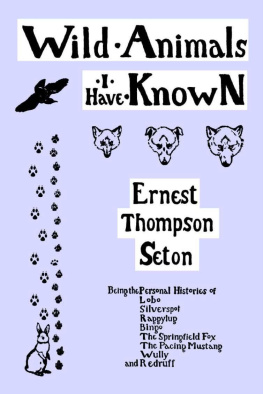

 This paper meets the requirements of ANSI/NISO Z39.48-1992 (Permanence of Paper).
This paper meets the requirements of ANSI/NISO Z39.48-1992 (Permanence of Paper).